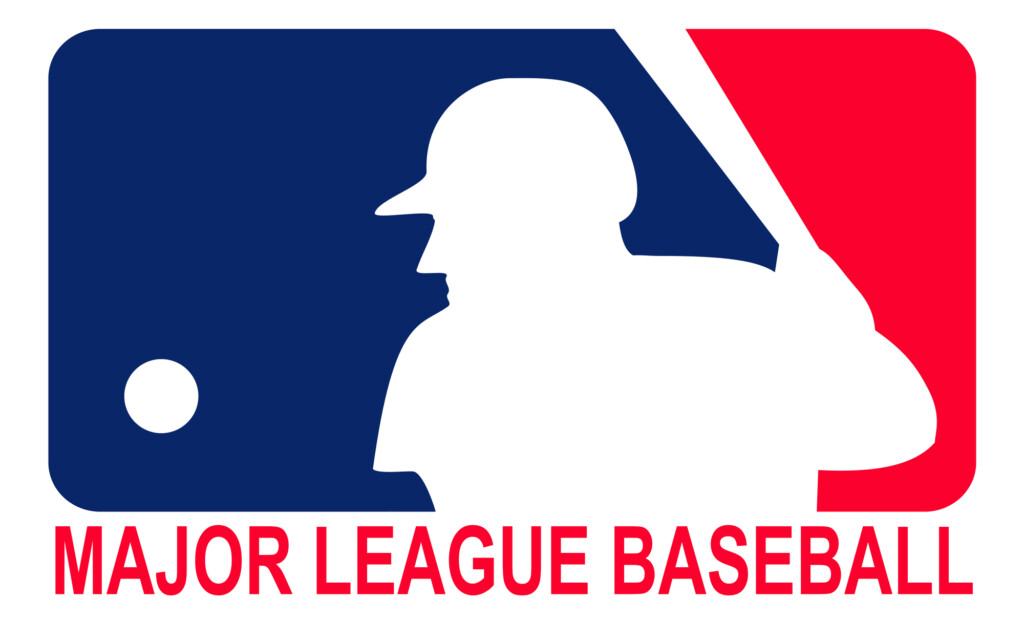Major League Baseball is trying to improve the number of Black players in the game through its youth pipeline.

The program started in 2018, predating the establishment of the DREAM Series by MLB, which marked the first time Black players were showcased in front of scouts and coaches. The goal: to display and show off skills in a competitive environment.
The dream happened for Lee Allen Jr. in his hometown of Kansas City, Missouri. And now, four years later, hundreds of HBCU standouts played at the MLB’s Andre Dawson Classic, which is a collegiate tournament for players hoping to play in the major leagues. The goal is to usher in a “new generation of African American stars,” according to NBC News.
“Being able to be out here and showcase my talents in front of these scouts and other guys who’s looking at us at the next level,” said Allen, now a junior infielder for the Panthers, “it feels great for me because I know that those are goals that I can reach, and they’re there.”
This is MLB’s aim, because right now it is facing historically low numbers when it comes to Black players in the MLB. According to The Institute for Diversity and Ethics at Central Florida, African American players were just 6.2% of players on MLB opening day rosters back in 2023, which is down from 7.2% in 2022. And both numbers were the lowest since the study was first conducted back in 1991, when just 18% of players were Black.
Additionally, that’s also the lowest percentage of African American participation in four of the five major professional sports: NBA, NFL, MLB and MLS. In the National Hockey League, 90% of the players are white. But the MLB has tried to swing for the fences when it comes to attracting Black talent through a series of grassroots diversity initiatives.
“We are really doubling down on what we’ve done,” said Del Matthews, MLB’s vice president of baseball development, “because we are producing kids that are going to college, that are getting internships within the sport. We see more kids playing at the Division I college baseball ranks, and we see more kids being drafted into the minor leagues. And so we’re just flooding that through the various programs that we’ve had.”
The MLB’s pipeline starts with a yearly tour of pro-style camps in various cities across the country to spot baseball potential among inner city kids. The tour has grown each year from 12 stops in 2018 to 18 cities today. The pipeline targes kids 13-14 years old, just before high school.
The goal is to send these players to advanced development programs where they can get several repetitions playing competitive baseball, mostly cost-free, while creating relationships with pro scouts and former major league baseball players.
“The sport has gotten so expensive that it has eliminated a lot of our kids,” said Jerry Manuel, a former manager for the White Sox and Mets. “So we’ve got to do everything we can to get them back in the pipeline.”




